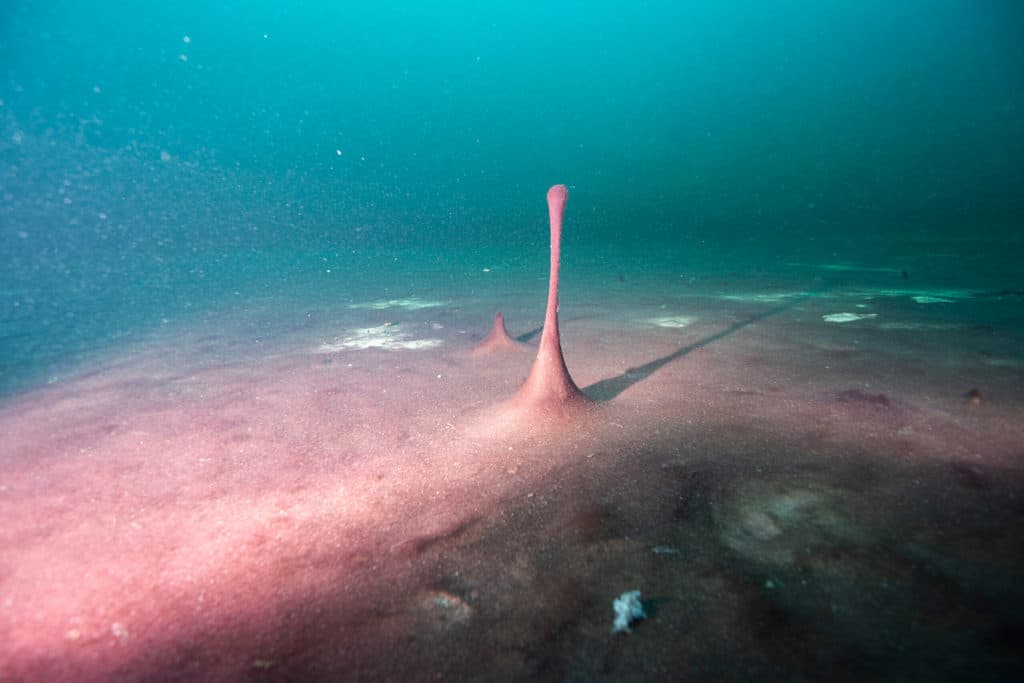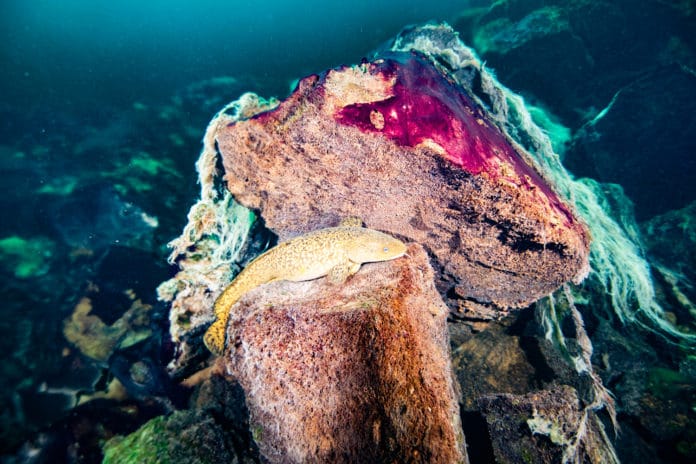The atmosphere of the early Earth was believed to lack oxygen. This began to change during what’s known as the Great Oxidation Event, or GOE, which occurred about 2.4 billion years ago. The event refers to series of chemical changes observed in billion-years old rocks. These changes were the result of oxygen given off by ancient cyanobacteria.
Nearly 2 billion years later, a second surge in oxygen, known as the Neoproterozoic Oxygenation Event, occurred.
The initial increase of O2 in the atmosphere of early Earth is linked to biodiversity. For years, scientists are looking for factors that could explain this gradual and stepwise process.
A new study by an international research team has proposed that increasing day length on the early Earth may be responsible for the rise in oxygen. In other words, the slow spinning of the young planet that made the day longer may have boosted the amount of oxygen released by photosynthetic cyanobacteria.
To reach this conclusion, scientists referred to a study of present-day microbial communities growing under extreme conditions at the bottom of a submerged Lake Huron sinkhole. Lake Huron sits on a layer of 400-million-year-old limestone – the remnants of an ancient seabed.
The water in the Middle Island Sinkhole is rich in sulfur and low in oxygen. There lie some bright-colored bacteria that are an excellent source for single-celled organisms. These organisms formed mat-like colonies billions of years ago, carpeting both land and seafloor surfaces.
Scientists found that longer day length increases the amount of oxygen released by photosynthetic microbial mats. That finding, in turn, points to a previously unconsidered link between Earth’s oxygenation history and its rotation rate. Now, Earth completes a full rotation on its axis once every 24 hours, but more than 4 billion years ago, a day lasted only about six hours.

Michigan geomicrobiologist Gregory Dick said, “An enduring question in the Earth sciences has been how did Earth’s atmosphere get its oxygen, and what factors controlled when this oxygenation took place.”
“Our research suggests that the rate at which the Earth is spinning—in other words, its day length—may have had an important effect on the pattern and timing of Earth’s oxygenation.”
While processing a core sample from Middle Island Sinkhole microbial mats in an Alpena laboratory, scientists found that two microbes in the Middle Island Sinkhole mats compete for sulfur-oxidizing bacteria’s uppermost position, sometimes shading the photosynthetically active cyanobacteria. It’s possible that a similar type of competition between microbes contributed to the delay in oxygen production on the early Earth.
Dick said, “The idea is that with a shorter day length and shorter window for high-light conditions in the afternoon, those white sulfur-eating bacteria would be on top of the photosynthetic bacteria for larger portions of the day, limiting oxygen production.”
Lead authors are Judith Klatt of the Max Planck Institute for Marine Microbiology said, “The link between day length and oxygen release can be generalized to any given mat ecosystem, based on the physics of oxygen transport.”
Detailed modeling studies were performed to relate microbial mat processes to Earth-scale patterns over geological timescales. It revealed that day length does, indeed, shape oxygen release from the mats.
Journal Reference:
- Klatt, J.M., Chennu, A., Arbic, B.K. et al. Possible link between Earth’s rotation rate and oxygenation. Nat. Geosci. (2021). DOI: 10.1038/s41561-021-00784-3
